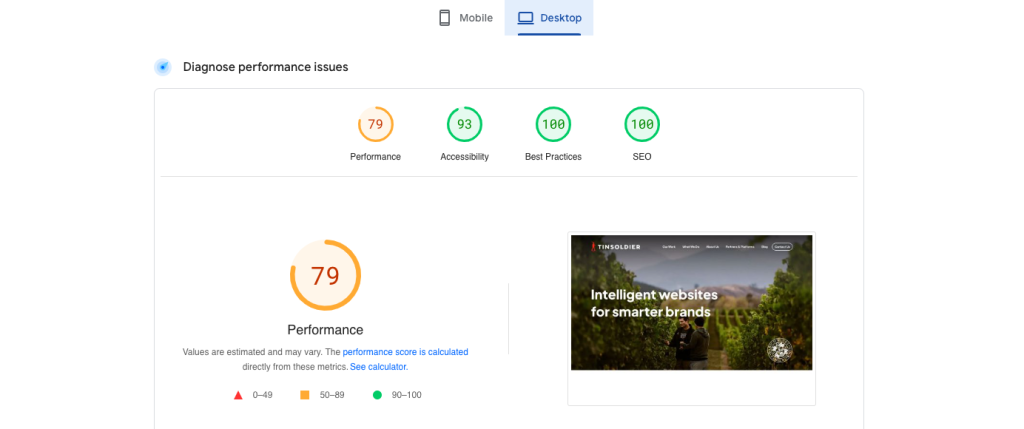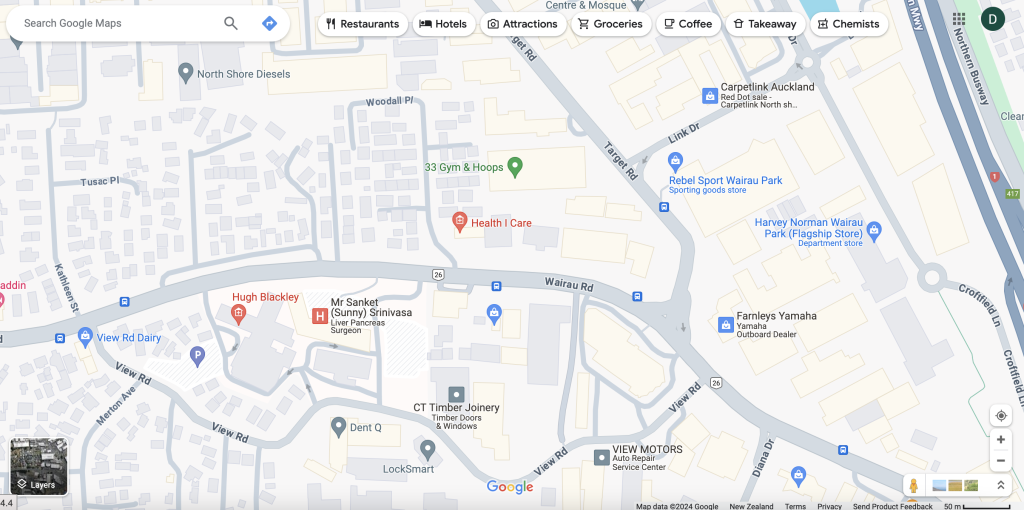As a business trying to increase online sales, lead generation is a crucial function of your website. As a fundamental component of digital marketing, Search Engine Optimisation (SEO) should be an integral part of your lead generation strategy.
In a world where the majority of B2B buyers start their purchasing process with a Google search, being visible on search engines can significantly impact your ability to generate leads. SEO enhances your website’s visibility and drives more qualitative traffic, which increases your chances of converting visitors into leads.
In this article, we look at five key aspects of SEO that you can consider when improving your website to attract more qualified leads.

It all starts with keyword research
Keyword research is the cornerstone of any successful SEO strategy. It involves identifying the terms and phrases that potential customers use when searching for products or services similar to yours. For B2B, this means going beyond generic keywords to more specific, “long-tail” keywords that reflect the search intent of a more informed and decision-ready buyer.
For clarity:
- Short-tail keyword: “fasteners”
- Long-tail keyword: “bulk industrial fasteners wholesale”
Use tools like Google Keyword Planner, SEMrush, or Ahrefs to search for keywords related to your products, such as “bulk industrial fasteners wholesale”. This will also give you an idea of what keywords are most popular with your audience.
Once you have a list of keywords, integrate them into your website and marketing content to help you attract visitors who are looking for exactly what you offer. Remember to check back on your keywords regularly to spot any changes in your audience’s search behaviour so you can stay on top of trends.

On-page SEO: little things you can do
On-page SEO refers to the things you can do to optimise individual web pages to rank higher and get more relevant traffic. This includes configuring title tags, meta descriptions (as shown above), headers and images, as well as ensuring your website’s content is high-quality and relevant to your target audience.
Let’s take a product page for example. You would ensure the title tag includes a primary keyword (“Wholesale Industrial Fasteners | Company Name”), and the meta description gives your audience a compelling reason to click (“Find top-quality industrial fasteners in bulk. Wide variety, competitive prices, and fast shipping. Shop now!”). The content on the page (in this case, product description, product specs, etc) should include your secondary keywords as well.
On-page SEO is not big task you do for your website, but a small, consistent effort you do as part of setting up new pages or products. You may also go back and tweak page content or your meta data to line up with changes in your keyword research.
Building authority and trust with backlinking
Backlinks are links to your website from other sites and are a critical ranking factor in SEO. Much like referrals from customers are great for your business, backlinks act as a vote of confidence from other sites to yours, telling search engines that your content is valuable and trustworthy.
The two main methods for building a network of backlinks are:
- Create high-quality, informative, value-adding content that other websites want to link to. This could be industry reports, how-to guides, or original research.
- Reach out to industry blogs, directories, and business partners to secure guest posting opportunities or listings that provide backlinks to your site.

Technical SEO: a smooth user experience counts
While search engines look for keywords in your content to rank your website, they also take into account perfromance. What this means is a web page with great, relevant content can still suffer if it loads slowly, for example. This is where technical SEO comes in.
Technical SEO involves optimising your website’s structure and technology to improve the user experience and make it easier for search engines to crawl and index your site. This includes ensuring your site is mobile-friendly, improving site load speed, and implementing structured data.
Google’s PageSpeed Insights is a great tool to use on pages you’re trying to rank. It will identify issues that may be slowing down your site, such as large images or unoptimised code, giving you the means to fix the problems directly.

Local SEO: capturing local searches
If your business has a physical location or a specific service area, local SEO helps capture leads from searches made within your area. This involves configuring and optimising your Google My Business listing so your business appears in local search results and maps.
Start by claiming and verifying your Google My Business listing. Make sure your business name, address, and phone number are consistent across your listing and website to avoid penalties. Encourage your satisfied customers to leave positive reviews, which will show up against your business in future search results.
Quality and quantity
It’s difficult to implement a successful B2B lead generation initiative without an SEO strategy. Staying visible in search results is key, especially in the B2B sector. By utilising keyword research, on-page optimisation, backlinking, technical SEO improvements, and local SEO, you’ll improve your website’s visibility online. More importantly, you’ll attract traffic from people actually looking for what you offer, which ultimately generates more leads. Remember, SEO is a long-term strategy, requiring ongoing effort and adaptation to changing search engine algorithms, user behaviour and market trends.
BY CRAIG RUNDLE
Director at Tin Soldier
Craig, Founder and Director at Tin Soldier lives and breathes digital. Being slightly geeky, since the late 90’s he has been involved and watched the internet grow from one page websites through Web 2.0 and more recently with the advent of AI technologies. Craig’s passion is ecommerce, in particular creating great customer experiences through personalisation, content and connected systems.
